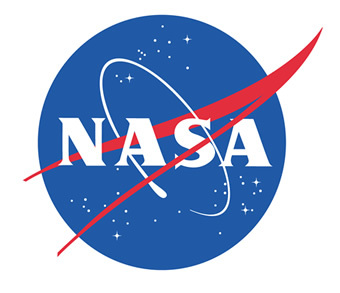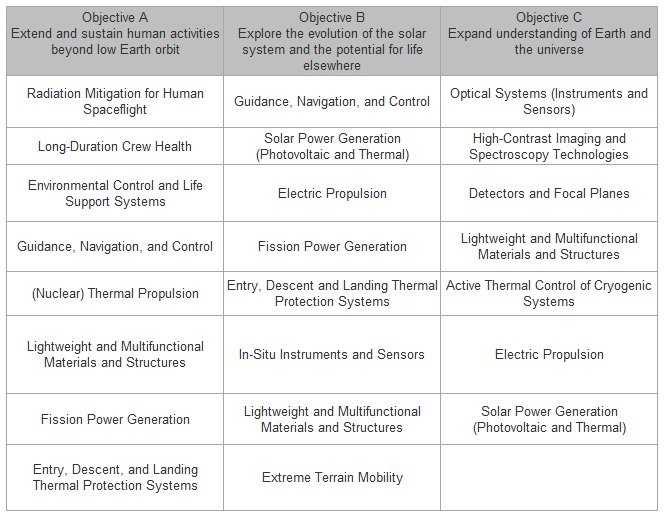'Nuclear-Thermal Propulsion' And 'Fission Power Generation' Tech Amongst NASA's 5-Year Research Wish List

The researching of technologies including radiation mitigation, solar power generation, extreme terrain mobility and nuclear-thermal propulsion might not be the first items that come to mind when thinking of your usual wish-list. But that's exactly the sort of technology listed in a new report conducted and published by the National Research Council for the National Aeronautics and Space Administration (NASA) that it says the organisation must prioritise in research over the next five years if it's to achieve its ground-breaking, long-term priorities and goals. The technologies make up a small part of the 16 high-priority technologies outlined in the report.
Such priorities noted by the non-profit organisation are said to incorporate NASA's own overall mission statements and include; 'extending and sustaining human activities beyond low Earth orbit', 'exploring the evolution of the solar system and the potential for life elsewhere', and 'expanding our understanding of Earth and the universe.” Quite the debrief.
The National Research Council – an organisation that strives to, amongst other pursuits, “produce ground-breaking reports that advance the pursuit of science, engineering and medicine” and founded in part by none other than President Abraham Lincoln - also advises that co-operation between NASA's  Office of the Chief Technologist, government agencies and the U.S. commercial space industry is vital in order to “leverage resources” to the continued advancement of research. The report further highlights how the space agency should allocate a total of 10-percent of its existing program budget to “advance and refine early emerging technologies”, as well as emphasise the importance of testing out technologies that are on the brink of being ready on test flight demonstrations.
Office of the Chief Technologist, government agencies and the U.S. commercial space industry is vital in order to “leverage resources” to the continued advancement of research. The report further highlights how the space agency should allocate a total of 10-percent of its existing program budget to “advance and refine early emerging technologies”, as well as emphasise the importance of testing out technologies that are on the brink of being ready on test flight demonstrations.
Raymond Colladay, president of RC Space Enterprises Inc., stressed how it has “been years since NASA has had a vigorous, broad-based program in advanced space technology development”, and that “if [it] can sustain implementation of its technology 'roadmaps' – shaped by the priorities recommended in the study – they will form a solid foundation [that] will support a breadth of NASA missions, as well as commercial and national needs.” The table below shows all of the 16 high-priority technologies listed by the report.

Source: The National Academies